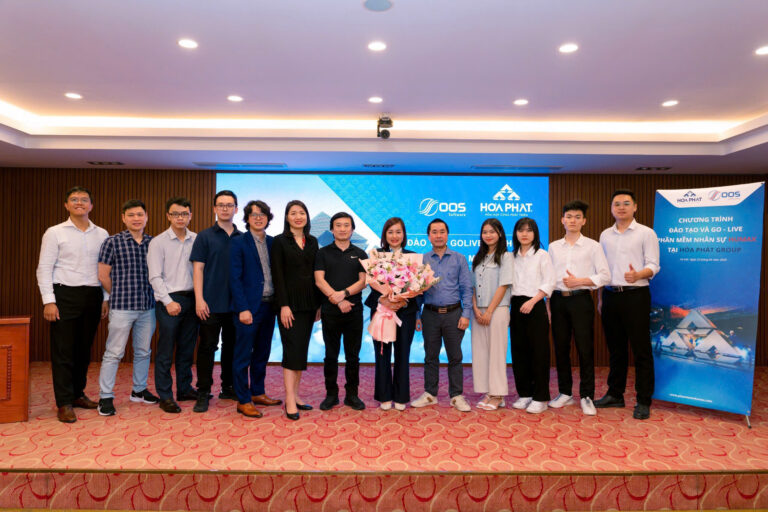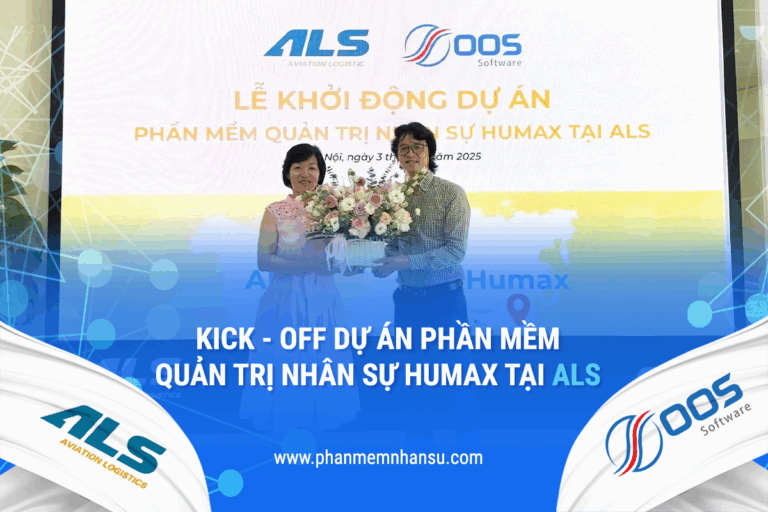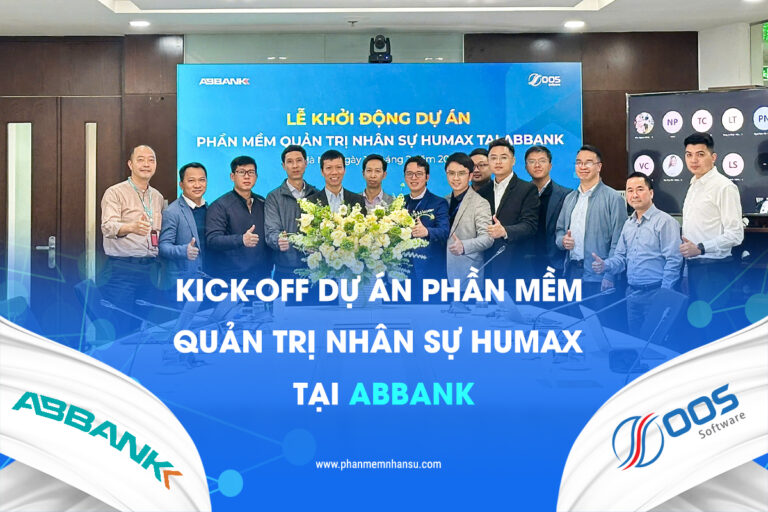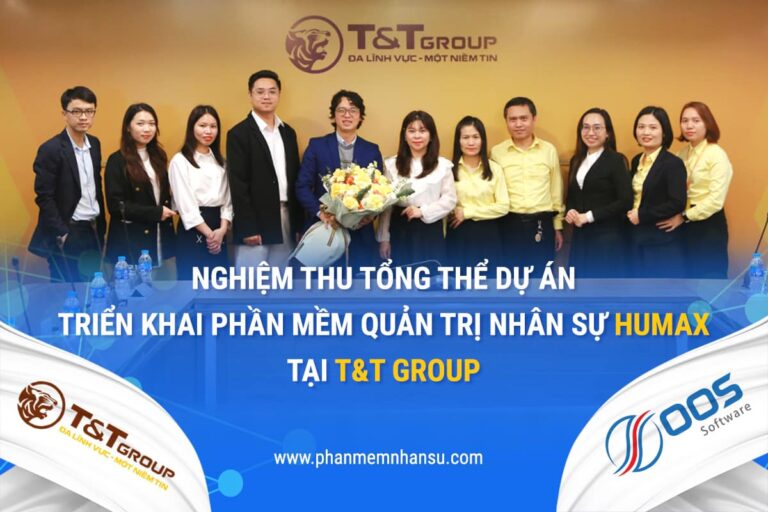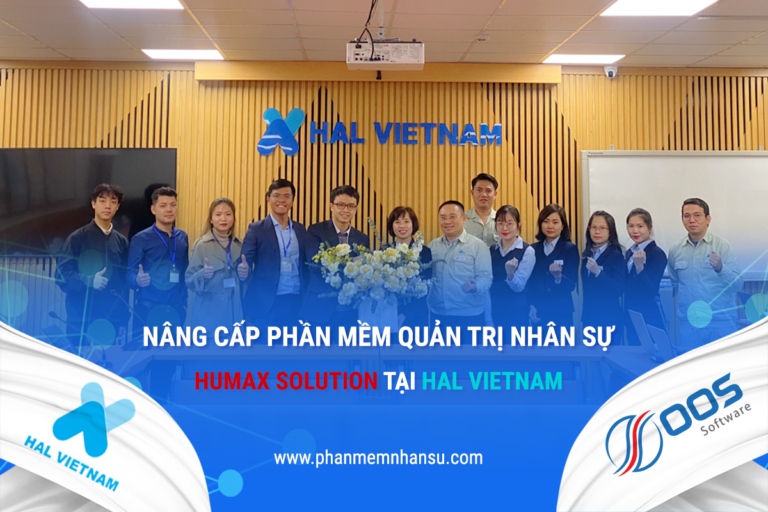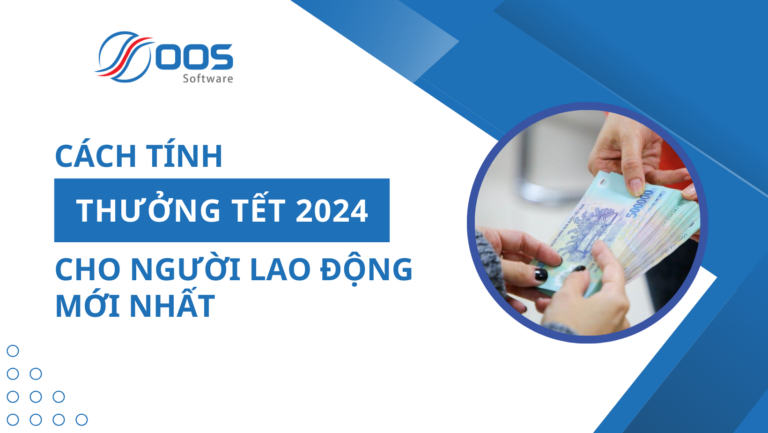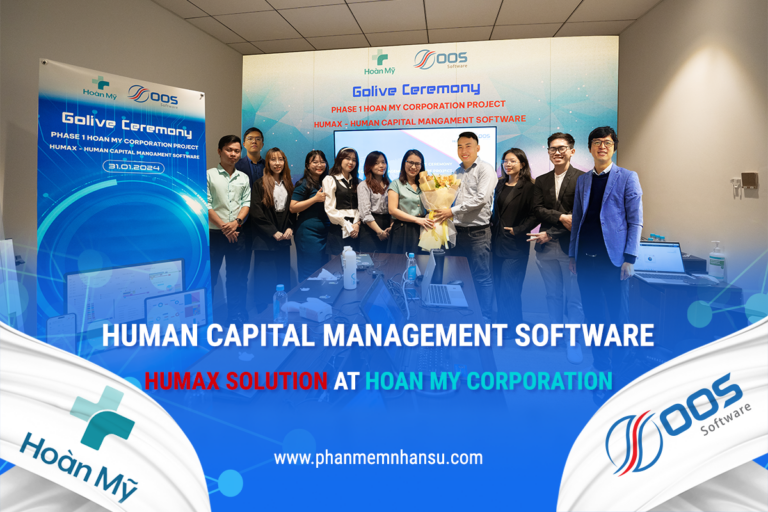In the modern business world, businesses are constantly looking for creative ways to optimize their Human Resources management processes and maximize the potential of their workforce. One of the solutions that has received a lot of attention is Human Resources Information System (HRIS). So What is HRIS? and HRIS How to change Human Resources management activities? In this article, we will dig deep into HRIS, to clearly understand the functions, benefits and role of HRIS in revolutionizing Human Resources management.
What is HRIS?
HRIS, stands for Human Resources Information System, is an online program or solution, that allows organizations to effectively manage their Human Resources processes and employee data. It is used as a central repository, bringing together various HR functions, including employee information, payroll, benefits management, time and leave tracking, performance management , recruitment and more.
The role and benefits of HRIS in human resource management
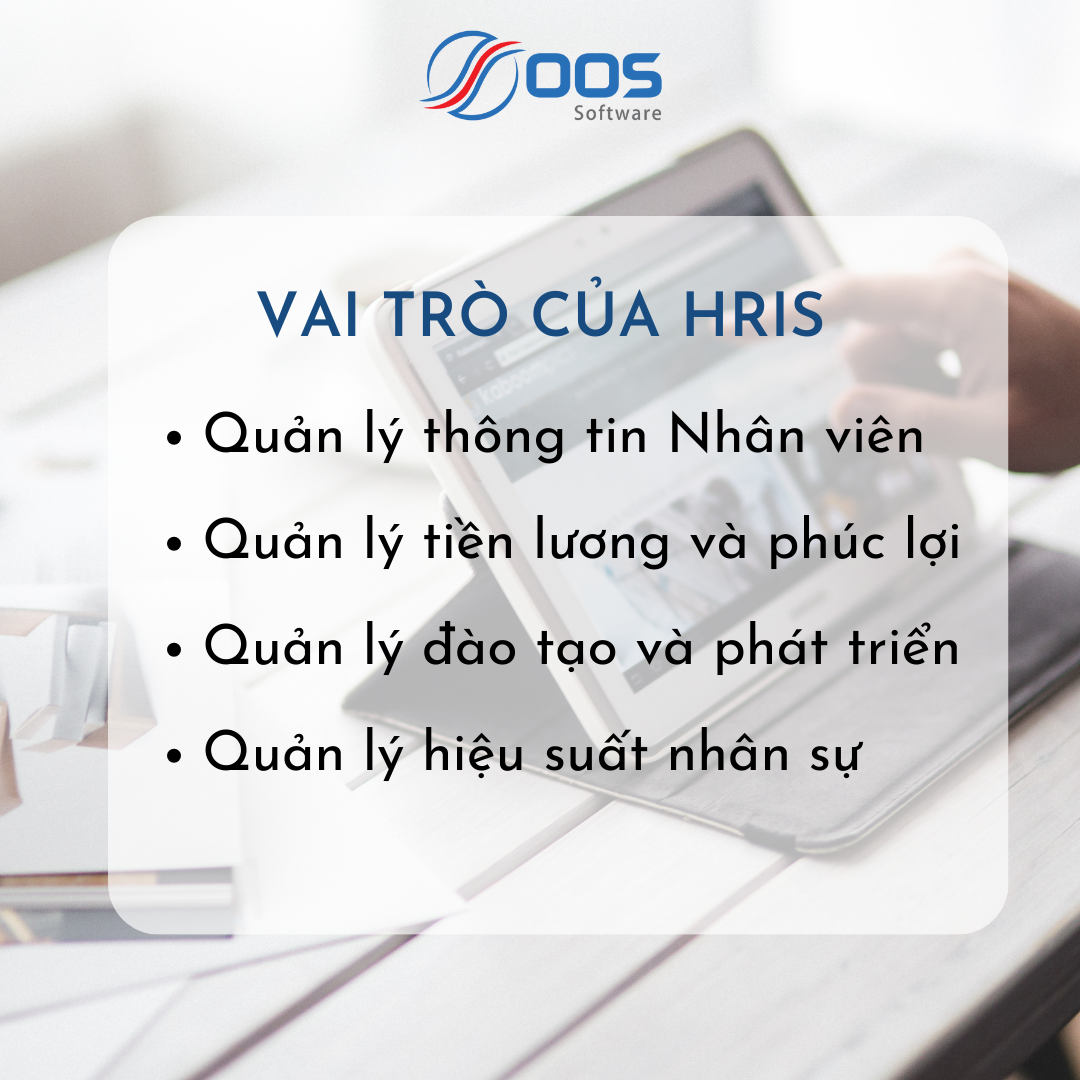
Employee information management: HRIS helps organizations synthesize, store and manage detailed information about employee information, including profiles, contact information, work history, skills, work experience, etc. and other important documents. This facilitates the management of employee information in an organized manner, making it easy to look up and quickly retrieve information when needed.
Salary and benefits management: HRIS supports salary calculation, management of employee benefits such as health insurance, accident insurance, leave, and retirement plans, etc. This system helps automatically calculate salaries and benefits based on employees' personal information and specific regulations. This reduces errors and manual work, while ensuring accuracy and fairness in administering wages and benefits.
Training and development management: HRIS records and tracks information about training courses and development programs for employees. This system allows organizations to build and manage training programs, track progress and training results of each employee. In addition, HRIS also provides information about employees' knowledge and skills, helps ensure that they have access to and develop the necessary skills, and maps out appropriate training paths to improve work performance. job.
Performance Management: HRIS helps evaluate employee performance, set goals and track work progress. This system allows organizations to evaluate and measure performance based on predetermined criteria and metrics. This helps managers and employees identify strengths and weaknesses together and improve performance. Thereby, HRIS plays an important role in enhancing work efficiency and developing employee capabilities.
Through integrating human resource management functions on a single platform, HRIS brings comprehensiveness and efficiency in human resource management. From managing employee information, calculating salaries and benefits, managing training and development to performance management, HRIS plays a vital role in optimizing processes and enhancing work performance. organization's.
Benefits of HRIS in human resource management
Increase performance and productivity HRIS plays a vital role in enhancing organizational performance and productivity. By optimizing workflow, minimizing administrative procedures and applying automation, HRIS helps employees use time and energy more effectively on core work.
Improve processes and interactions HRIS provides an accurate and easily accessible database, facilitating interaction and flexible communication of information between departments within the organization. As a result, work processes become more efficient, information is shared quickly and accurately, thereby facilitating better coordination and collaboration within the organization.
Optimize costs and save resources HRIS helps reduce manual work and saves the organization time and resources. Applying automation systems in human resource management minimizes errors and eliminates unnecessary work, helping to save costs and resources related to human resource management.
Increase transparency and regulatory compliance HRIS ensures compliance with labor laws and creates transparency in human resource management. The system helps organizations synthesize and store information related to labor regulations and human resources policies, thereby ensuring accuracy and process compliance. This transparency creates trust and fairness for employees, while also helping organizations avoid legal risks related to human resource management.
In short, HRIS brings many important benefits to HR management, from increasing efficiency and productivity, improving processes and interactions, optimizing costs and saving resources to increasing transparency and regulatory compliance. Using HRIS helps organizations capture and manage human resources well, while creating relevance and efficiency in business operations.
5 important information functions of the HRIS Human Resources Information System:
Store, process and manage employee database: HRIS provides a place to store and manage employee information, including personal details, work history, job titles, and contact information. This helps Human Resources professionals easily access and update employee records effectively.
Salary and benefits management: HRIS simplifies the payroll process and management of bonuses and benefits by automatically calculating and deducting taxes and generating accurate reports. This saves time and reduces the risk of errors compared to manual processing.
Track working time: By integrating work time tracking, HRIS eliminates the need for manual timesheets and provides a convenient process for recording employee work, vacations, and absences.
Performance Management: HRIS supports performance management by automating performance reviews, setting goals, and tracking progress. It enables HR professionals to provide timely feedback, identify training needs, and evaluate employee performance effectively.
Recruitment and Onboarding: With HRIS, organizations can optimize recruitment and onboarding processes. From posting job openings to managing candidates and conducting background checks, HRIS provides a comprehensive solution to optimize recruitment.
See more: Steps to build a standard recruitment process for businesses

Select and deploy HRIS Human Resources Information System
Assess the needs and requirements of the organization: Before selecting and implementing an HRIS, an organization should conduct a thorough assessment of its needs and requirements. This includes determining the required functionality, the number of employees using the system, current workflows, and legal and information security requirements.
Consider system flexibility, extensibility and integration: When choosing an HRIS, organizations should consider the system's flexibility, scalability, and integration. A flexible HRIS allows an organization to customize and tailor the system to its specific needs. The extensibility of the system allows new features and functions to be added as needed. At the same time, the ability to integrate with other systems within the organization such as asset management systems or accounting systems is important to create effective data alignment and interaction.
Ensuring information security and data security: Information security and data security are extremely important factors in choosing and implementing HRIS. Organizations need to ensure that the HRIS system meets security standards and complies with personal data protection regulations. This includes encrypting data, providing appropriate access rights, and implementing security measures to prevent unauthorized access or loss of data.
Training and supporting users during deployment: HRIS implementation requires support and training for users within the organization. This includes ensuring that employees are trained on how to use the system, from entering data to performing specific tasks. Technical support is also an important element to help users solve technical problems and leverage the full potential of the HRIS system.
Conclude:
Today, HRIS is not simply an HR information management tool, but has also become a comprehensive digital platform to optimize HR processes, provide analytical information and support. make strategic decisions. Advanced features such as employee self-service, artificial intelligence integration, and data analytics will continue to evolve and change the way organizations manage and interact with employees.
On this development journey, HRIS has become an indispensable tool to help organizations manage and optimize their human resources, from personal information management to data analysis and planning. strategy.
Discover the power of HRIS and unlock the full potential of your Human Resources department, helping your business grow sustainably in the modern business world.
OOS Software has more than 10 years of accompanying many businesses and corporations. Contact now to get advice on Recruitment Software for your Business.

